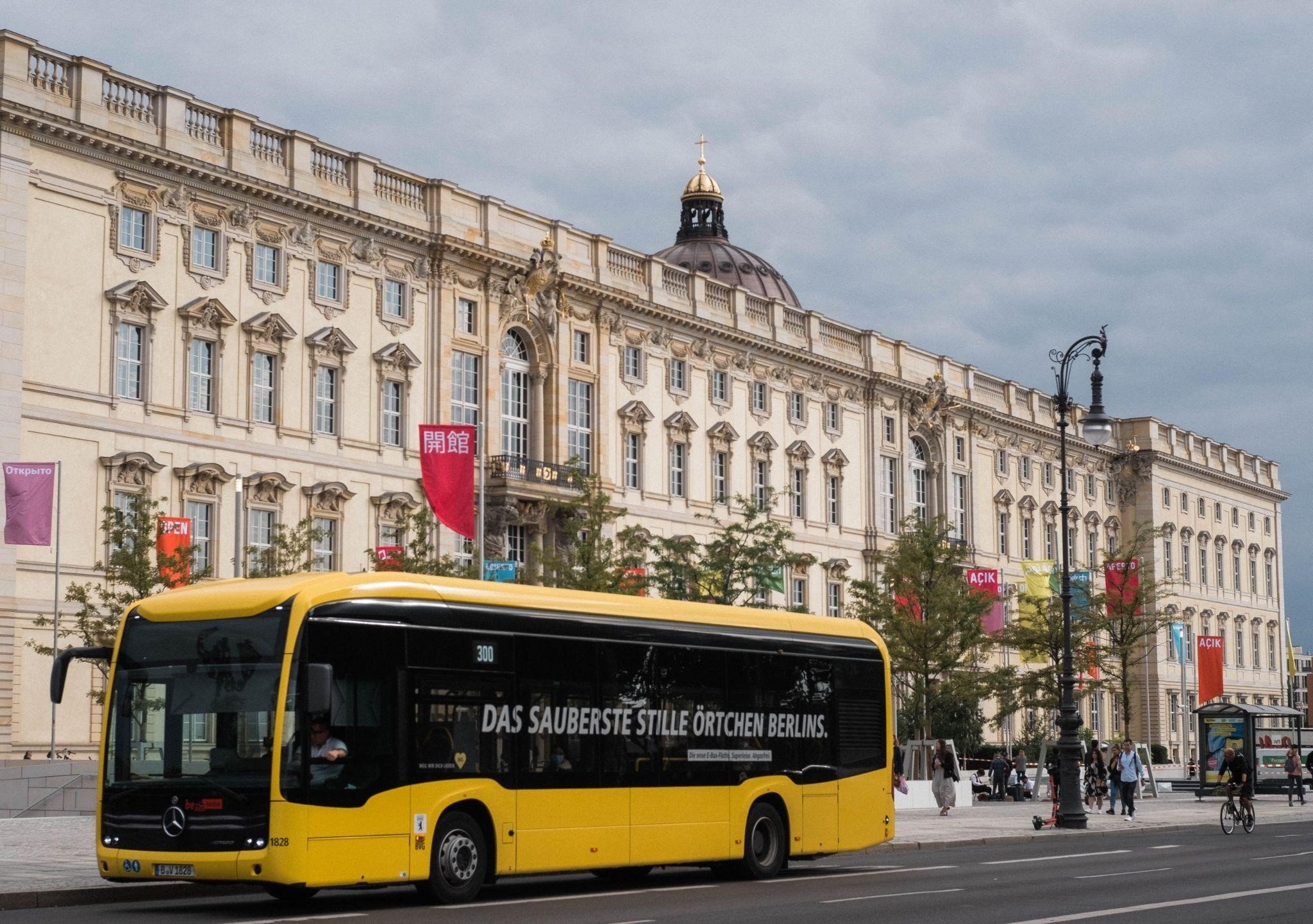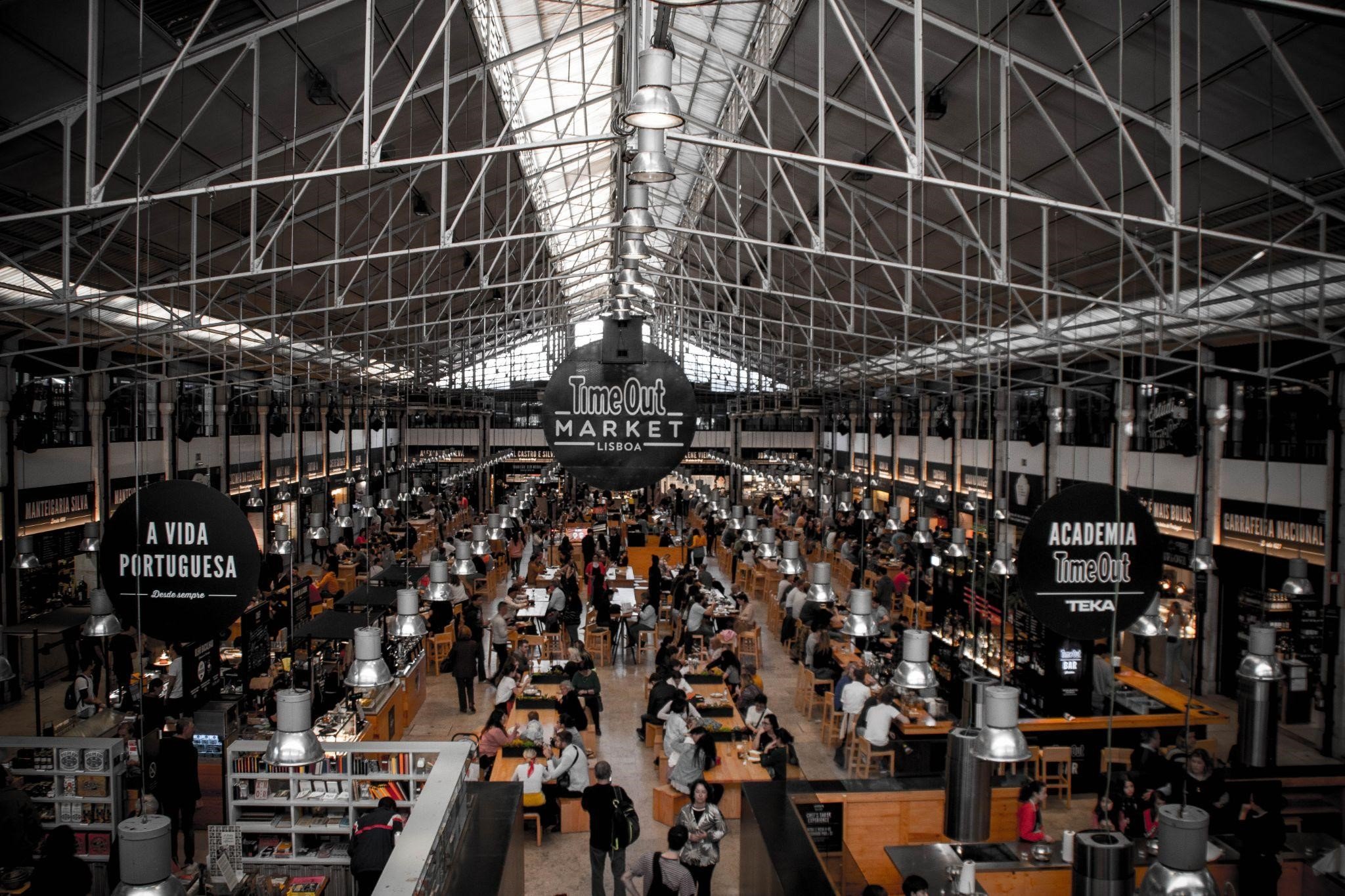Immigration Innovations: Good Chance Theatre
/Photo by Metin Ozer on Unsplash
I just finished an assignment on 5 #immigration innovations for my #VivacityYYC #CivicInnovation course with Catherine Pearl, PhD. The final story map makes it feel that much more satisfyingly complete. Here's a sneak peak of one of the most innovative programs I came across:
#Refugees in camps are often reliant on aid from international organizations and have limited autonomy or opportunities for employment and to become independent. Good Chance Theatre (n.d.-a) originated in Calais, France in a refugee camp referred to as “the Jungle”. Through principles of creativity, diversity, and collaboration, Good Chance Theatre (n.d.-a) builds physical domes dedicated to the #arts to inspire and empower communities with high refugee populations to spread joy and validate lived experiences.
What about how this might apply to #yyc? We don’t have refugee camps in #Calgary, but we could build a theatre in communities with clusters of immigrant families from a variety of cultures. It could help immigrants connect to more of their #culture and community, and #diversify Calgarians' cultural literacy.
-Emma B.-












